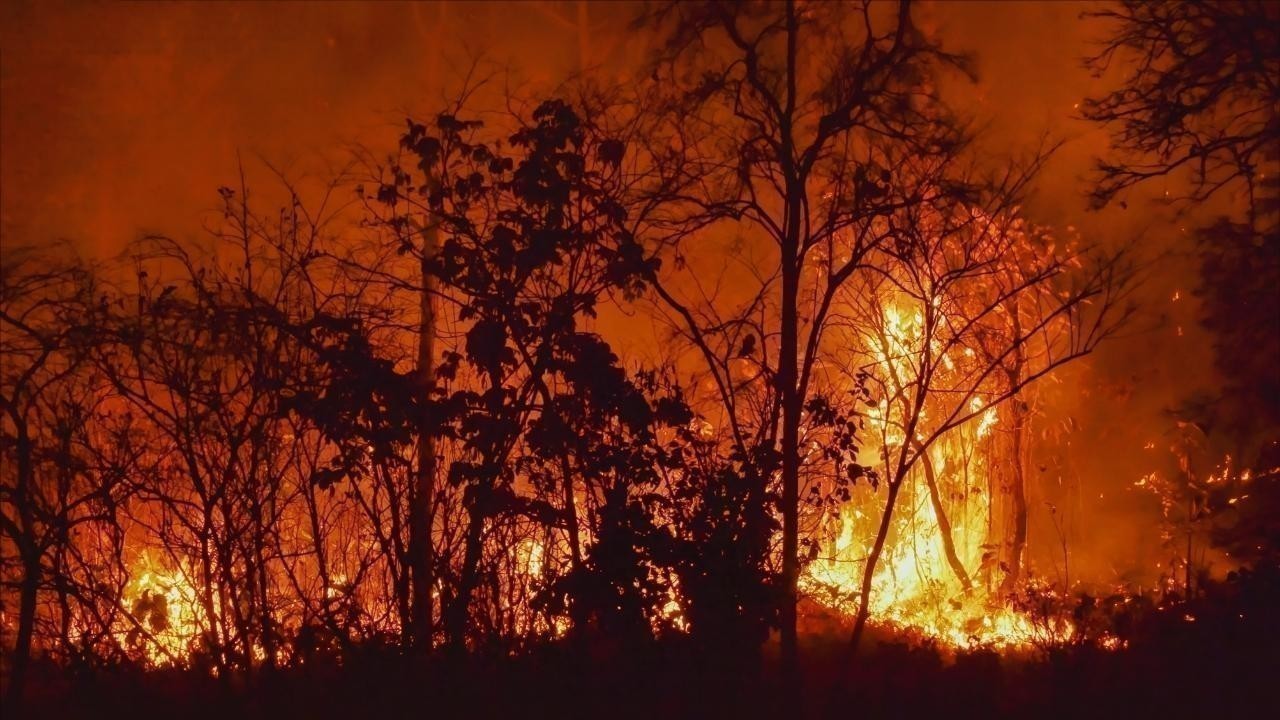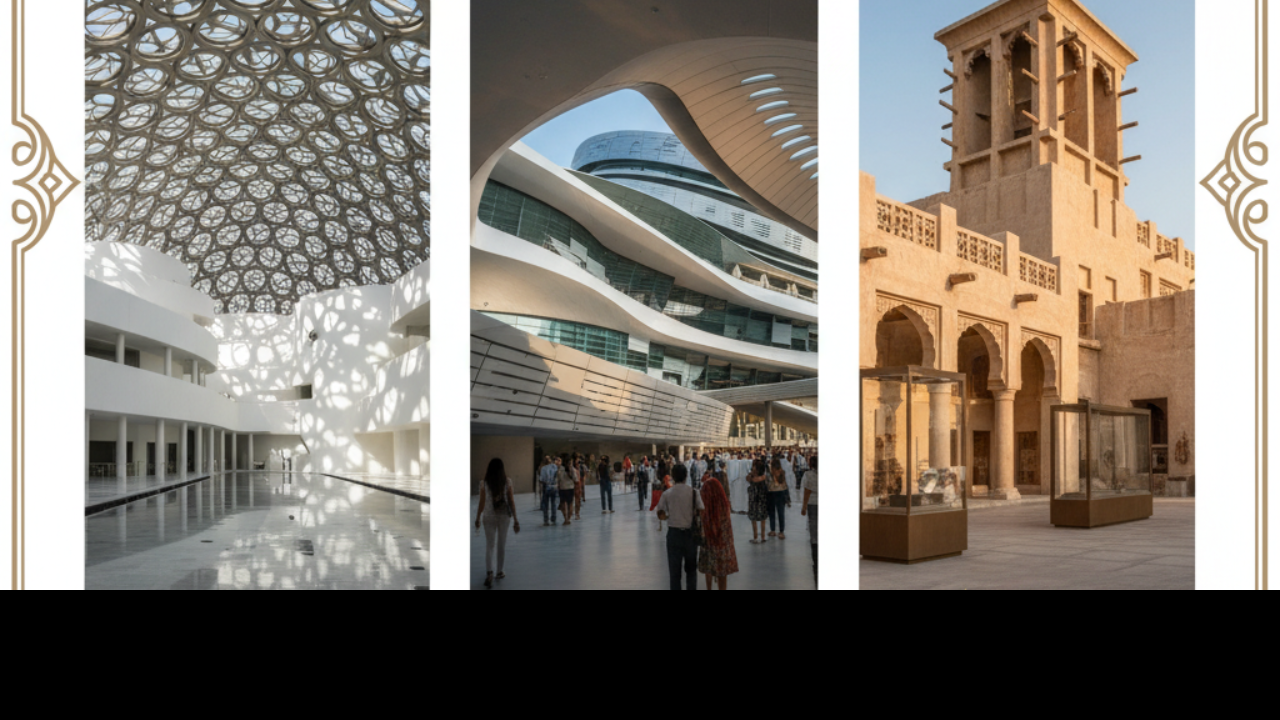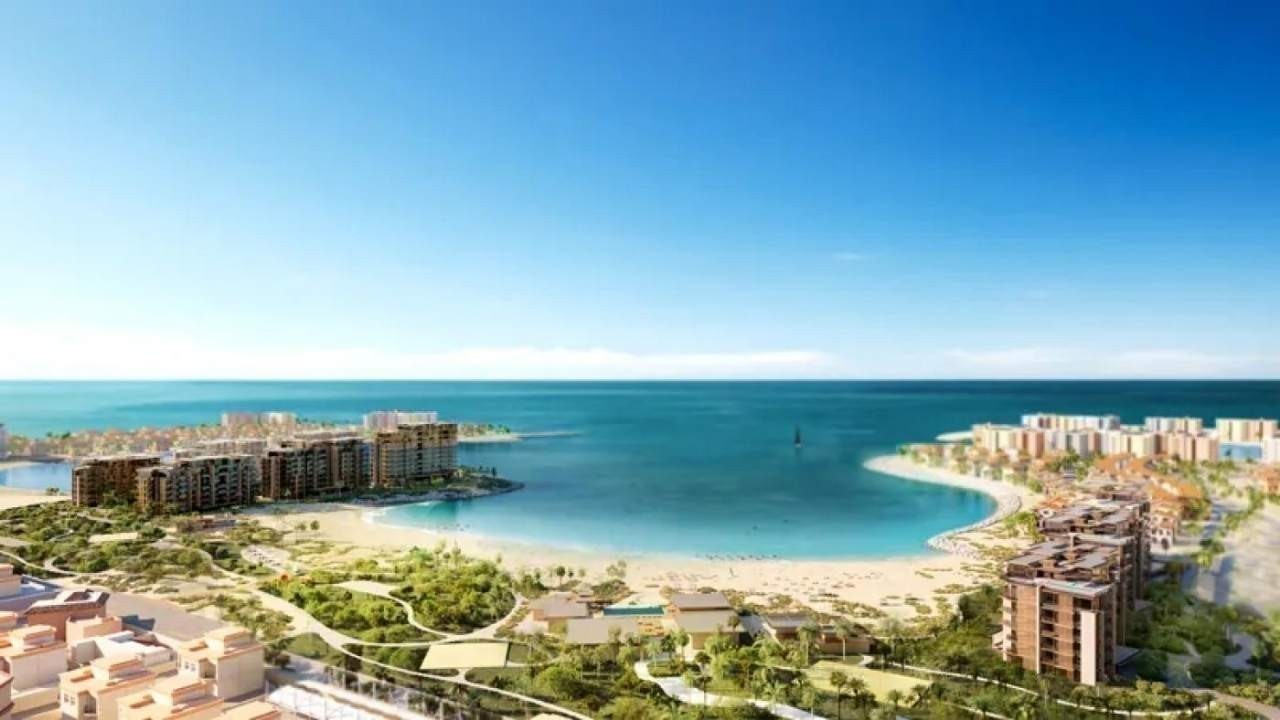
Post by : Anish
Across the globe in recent years, wildfires have shifted from seasonal phenomena to near-constant threats. Blazing through forests, grasslands, and even urban edges, they consume lives, livelihoods, ecosystems, and budgets. A new wave of scientific studies and news reports warn that many fires are now becoming “unstoppable”—even when aggressive suppression is attempted. In this era, prevention, resilience, and adaptation are no longer optional: they must be central to national policy.
In this article of approximately eighteen hundred words, we will map the escalating wildfire crisis, analyze its drivers, examine national and regional responses, and propose adaptive strategies countries must adopt now to survive the inferno.
A recent global study documenting the 200 costliest wildfires between 1980 and 2023 found that 43 percent of those disasters occurred within the past decade. Nearly half of all billion-dollar wildfires have also taken place most recently. At the same time, the number of fires causing at least 10 deaths has tripled in the modern era. These patterns point to increasingly lethal and expensive fire seasons.
While total acreage burned is not the only metric, the human and economic impacts are undeniably escalating. In some places, fires now reach into areas previously considered safe. Scientists link much of this intensification to increasingly extreme “fire weather”—hot, dry, windy conditions made more frequent by climate change.
Yet another paradox surfaces: in many regions, total burned area has not increased at the same rate as human exposure. That is, more people are living in fire-prone zones, often near wildland boundaries, even though overall fires might be somewhat contained in less populated regions. This dynamic has amplified the destructive potential of each fire.
Spain and Southern Europe
In summer 2025, Spain endured one of its worst wildfire seasons in decades. Over 330,000 hectares were scorched, particularly in Galicia and other northwestern regions. The devastation rekindled national calls for better forest management, early warning systems, and investment in fire prevention strategies.
South Korea
Early in 2025, South Korea suffered its worst wildfire event on record. Fires doubled in size within a day, claiming lives, destroying property, and exposing how even highly developed nations are vulnerable when extreme fire weather converges with dry vegetation and strong winds.
Russia’s Far East
Vast swathes of Siberia and the Russian Far East saw massive wildfires in 2025, driven by extreme dryness and high winds. Thousands of square kilometers were lost, with emergency declarations issued in multiple regions. The fires also traced back to routine land-clearing practices like burning grass and foliage, which spiral rapidly into uncontrollable blazes under these conditions.
South America
Countries like Argentina and Chile, already weakened by persistent drought, endured widespread wildfires in national parks and vulnerable ecosystems. Some of the fires were traced to human ignition in drought-stressed forests, further complicated by heat waves and shifting precipitation patterns.
These diverse regions illustrate the global reach of the wildfire crisis—not confined to one ecosystem or climate zone.
Understanding why wildfires have become more intractable is key to designing adaptation.
Climate change intensifies the frequency, duration, and severity of conditions conducive to fire: higher temperatures, lower humidity, longer dry spells, and stronger winds. Regions that once experienced moderate fire seasons now find months of critical risk. These forces magnify the speed and unpredictability of blaze spread.
More people moving into forested or rural zones means more ignition points, more fuel fragmentation, and increased risk for communities. Even if fires start in wildlands, they increasingly intersect with homes, infrastructure, and human safety zones.
Past overreliance on fire suppression (i.e. extinguishing all fires) without controlled burning or vegetation management has led to the accumulation of fuel loads. Dead wood, undergrowth, and invasive plants increase fire severity when burnable conditions arise.
Land conversion, logging, grazing, and changing agricultural practices can alter fire regimes, often increasing risks. Poorer regions with limited governance capacity or weak forest management are less able to impose zoning, monitoring, or preventive measures—making fires far more damaging to human lives.
Many wildfires now generate their own weather systems—such as fire-driven winds, pyrocumulus clouds, and unpredictable shifts. These compound events make suppression much harder, and make even advanced firefighting fleets sometimes insufficient.
Given that many large fires may be uncontainable once ignited, the emphasis must shift toward adaptation—building resilience, reducing risk, and evolving emergency response. Below is a multi-pillar framework for nations to consider.
Vegetation & Fuel Management
Countries must reinstate and scale prescribed burning, mechanical thinning, and fuel breaks—especially in zones adjacent to human settlements. Regular clearance of underbrush, deadwood, and invasive species reduces the fuel ladder effect.
Zoning & Land Planning Regulations
Strict land use policies should limit development in high-risk wildland zones. Buffer zones—“defensible space”—must be enforced around housing and infrastructure to reduce fire spread to critical assets.
Ignition Prevention & Public Awareness
Most large fires originate from human causes—campfires, power lines, burning waste, sparks from machinery. Vigilant regulation, public education, and enforcement of fire bans must be intensified during high-risk periods.
Ecosystem-based Management
Incorporating Indigenous fire wisdom, traditional controlled burns, and local ecological knowledge can enhance prevention in a culturally attuned way. Ecosystem-specific planning is crucial—what works in Mediterranean landscapes may differ from boreal or tropical zones.
Sensors, Satellites & Drones
Real-time satellites, aerial surveillance, and ground sensors help detect nascent fires before they grow. Coupled with AI and machine learning models, these systems can triage and flag high-risk ignitions.
Fire Risk Modeling & Predictive Tools
Advanced models trained on historical data, terrain, weather forecasts, and vegetation type can forecast probable fire spread paths and hotspots. Some new research uses morphology-aware contrastive learning to increase predictive accuracy at local scales.
Community Reporting Networks
Citizen engagement and localized surveillance (crowdsourcing hot spot reports) help pinpoint emerging fires before they catapult into regional calamities.
Flexible Firefighting Units
Rapid response teams, aerial water bombers, and mobile suppression crews must be strategically located near high-risk zones. International cooperation (shared aerial assets) can supplement national capacity.
Tiered Response Protocols
Given resource limits, nations may adopt triage: prioritize life, property, and critical infrastructure first, and accept that some remote fires may be left to burn under controlled conditions.
Prepositioned Resources & Staging Zones
Stockpiling fire retardant, water reservoirs, access routes, and staging zones near vulnerable landscapes shortens response times.
Evacuation Planning & Shelter in Place Strategies
Safe evacuation routes, early warning systems, and protocols for “shelter in place” (when evacuation is impossible) must be embedded into community planning. During wildfire events, vulnerable populations like the elderly deserve priority in assistance.
Post-Fire Soil & Vegetation Restoration
Erosion control, reseeding native species, restoring hydrology, and preventing invasive species colonization safeguard ecosystems from long-term damage.
Assessment & Iteration
Each fire event should prompt after-action reviews: what failed, what worked, and how systems should evolve. These learnings must feed into adaptive policy cycles.
Insurance & Financial Instruments
Parametric insurance, risk pooling, and catastrophe funds can help communities rebuild without falling into debt spirals. Risk transfer mechanisms should be aligned with resilience incentives (e.g. lower premiums for fire-hardened construction).
Because the fuel that feeds wildfire intensification is ultimately human-driven climate forcing, adaptation must be paired with mitigation.
Emissions Reductions
Nations must pursue aggressive CO₂ cuts to curb warming that intensifies fire weather.
Sustainable Land Use Pathways
Development models that integrate forest conservation, biodiversity protection, and climate resilience reduce socioeconomic vulnerability to fire damage. Some studies show that under sustainable development pathways, wildfire damages by 2070 could be drastically less compared to high emissions scenarios.
Inclusive Social Investments
Strengthening infrastructure, governance, health, and equity improves adaptive capacity—poorer or marginalized communities often suffer disproportionately during wildfire events.
Funding preventive measures, advanced systems, and cross-border cooperation demands sustained political commitment. Many countries face budget constraints or competing priorities (health, education, defense). Fire prevention often lacks the immediacy of visible crises.
Wildfire risk seldom aligns neatly with political boundaries. Coordination between local, regional, national and transnational levels is essential—but bureaucratic fragmentation can stall unified approaches.
While advanced fire detection and AI modeling offer promise, many countries lack the data infrastructure, satellite coverage, or computational capacity to fully deploy them.
Prescribed burning or vegetation management may conflict with cultural views, landowner resistance, or historical fire suppression norms. Public buy-in, education, and careful consultation are vital.
Even with perfect systems, some fires may exceed capacity to control. Nations must accept that total suppression may be unattainable, focusing instead on minimizing harm rather than eliminating fire entirely.
Spain is reinvesting in forest management, stricter enforcement of fire laws, and restoring traditional practices to reduce risk.
Cyprus is becoming a regional hub for firefighting support, emphasizing coordinated resources across neighboring states.
Greece has expanded its firefighting force, deployed drones and surveillance systems, and allocated hundreds of millions toward prevention.
The U.S. and Canada increasingly adopt controlled burns, community defensible zones, and remote sensing systems to anticipate threats.
Countries in South America collaborate regionally to fight Amazon and Patagonia fires, sharing aerial resources and cross-border coordination.
These examples suggest that adaptation is possible—but only when supported by planning, resources, and institutional resolve.
Wildfires in 2025 and beyond are becoming not only more frequent but more ferocious and unpredictable. In many parts of the world, we are entering a new fire regime—one where ignition is easier, suppression is harder, and consequences are more severe.
But all is not lost. Nations can adapt. They can invest in prevention, forecasting, response systems, and climate resilience. The path forward demands:
Integration of science, governance, and local knowledge;
Cross-sectoral collaboration, linking forestry, urban planning, disaster management, and climate policy;
Long-term financing mechanisms that reward resilience over reaction;
Emphasis on equity and inclusion, ensuring that vulnerable communities are not left behind.
In a warming world, wildfire adaptation is no longer a niche policy corner—it is a front-line imperative.
This article synthesizes current scientific research, media reports, and expert commentary to analyze global wildfire trends and adaptation strategies. It is intended for informational purposes and does not substitute for professional advice in disaster planning, environmental management, or policy design.

Explore Dubai’s Vibrant Art Scene: Galleries, Exhibitions and Cultural Nights 2025
Discover top art galleries in Dubai 2025, from Alserkal Avenue to DIFC Art Nights, featuring exhibit

Preserving Tradition: Arabic Language and Calligraphy in the UAE
Explore how the UAE preserves Arabic language and calligraphy through education, museums, art exhibi

Experience Art and Performance: UAE’s Top Cultural Venues in 2025
Explore UAE’s top theatre, opera and performing arts venues in 2025 with shows, events, cultural exp

Savor Tradition: Emirati Food and Culture Every Expat Should Experience
Discover traditional Emirati food and culture in 2025. From harees and machboos to falconry and hosp

Discover UAE’s Pearl Diving and Bedouin Heritage: History and Stories 2025
Explore UAE’s pearl diving and Bedouin heritage with stories, traditions, cultural experiences and h

Experience Tradition and Culture: Heritage Villages and Souks in 2025
Explore Dubai and Sharjah heritage villages and traditional souks with our complete guide to shoppin

Discover UAE’s Finest Museums: Art, History & Cultural Treasures 2025
Explore the best museums in UAE 2025 including Louvre Abu Dhabi, Dubai Museum and Sharjah Arts Found

Skin Microbiome Secrets to Healthy and Balanced Skin
Explore the skin microbiome its role in skin health and simple ways to keep your skin balanced healt

Sarcopenia How Aging Steals Muscle and Ways to Stay Strong
Discover sarcopenia the silent muscle loss with age its signs causes and simple ways to stay strong

Cultural Appropriation vs Appreciation Respecting Global Traditions
Learn the difference between cultural appropriation and appreciation to respect traditions and celeb

Uniform and Rebellion How Personal Identity Thrives Within Rules
Explore how uniforms shape identity and spark subtle rebellion blending conformity with personal exp

The Unseen Labor Behind Fashion Inside the Secret Stitch
Discover the hidden world of fashion labor and the secret stitch behind every garment Honor the hand

Digital Couture The Future of Fashion in a Virtual World
Explore Digital Couture virtual fashion creative designs eco friendly trends and how technology is s

Fast Fashion Mental Cost How Clothes Affect Your Mind & Mood
Discover how fast fashion affects your mind from trend pressure to social comparison and learn ways

The Solaya Project 234 Ultra Luxury Beachfront Homes in Jumeirah 1
Experience The Solaya Project in Jumeirah 1 with 234 luxury beachfront homes world class amenities a